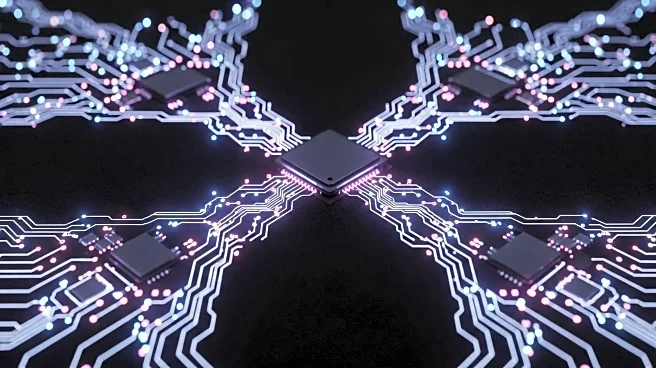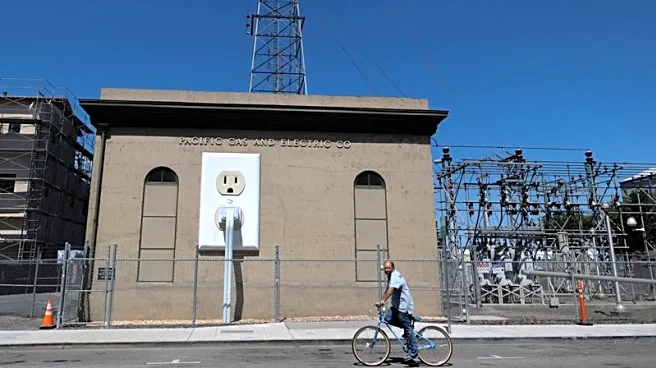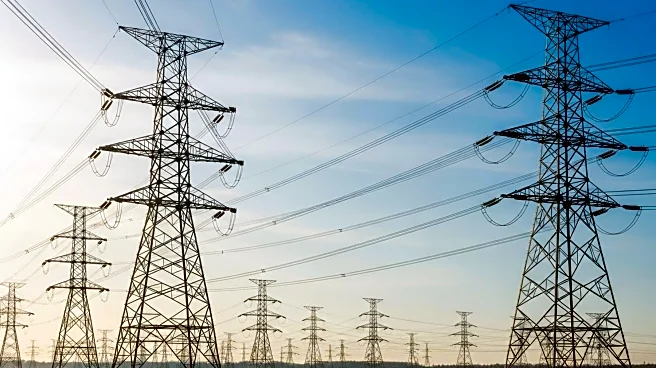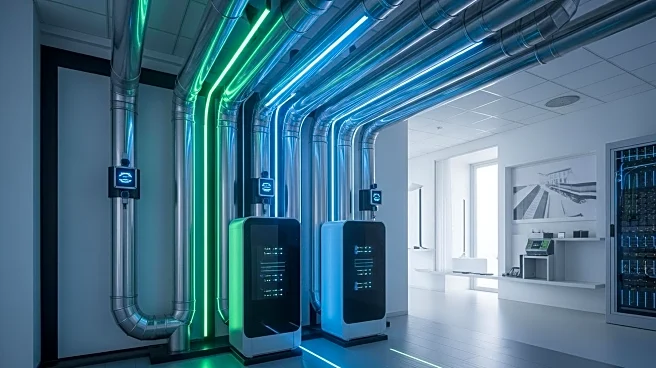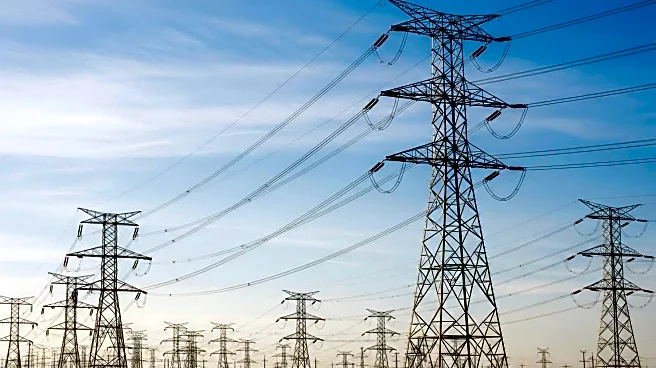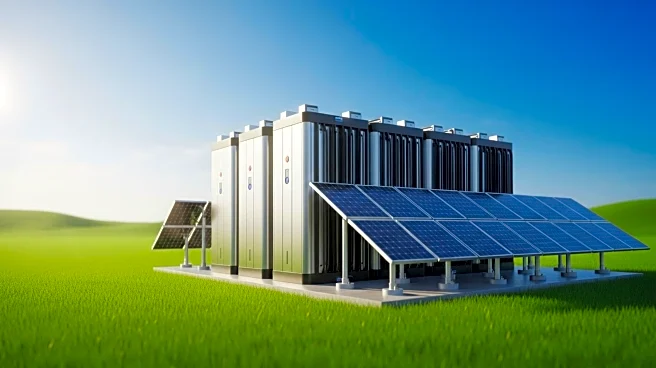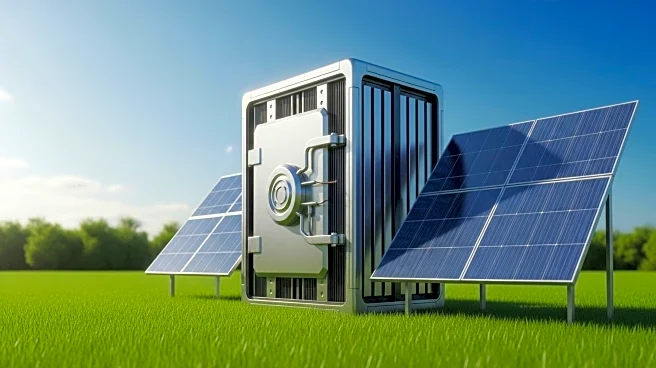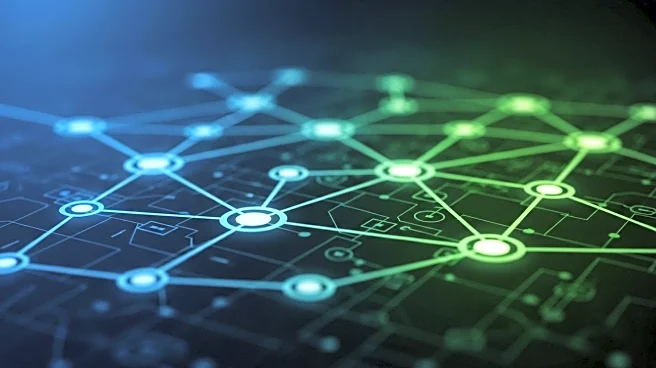What's Happening?
Pacific Gas and Electric (PG&E) has unveiled a $73 billion investment plan over the next five years aimed at upgrading infrastructure to meet growing electricity demand, particularly from data centers. The plan includes participation in California's expanded wildfire fund and focuses on grid modernization efforts, such as advanced distribution management systems and distributed energy resource management systems. PG&E serves millions of electricity and natural gas customers across California and is committed to improving grid reliability and supporting cleaner energy resources.
Why It's Important?
The investment is crucial for addressing the increasing electricity demand driven by data centers and artificial intelligence applications. It also aims to mitigate wildfire risks, which have previously led to significant financial and operational challenges for PG&E. By modernizing the grid and investing in cleaner energy resources, PG&E seeks to enhance service reliability and support California's ambitious clean energy goals. The plan is expected to benefit both customers and investors by reducing rates and enabling rate-reducing load growth.
What's Next?
PG&E will continue its efforts in wildfire mitigation, including undergrounding projects, and prepare the grid to accommodate new homes, businesses, and electric vehicles. The company plans to contribute to the state's wildfire fund and expects to see increased transmission investments regulated by the Federal Energy Regulatory Commission (FERC). The ongoing legislative support and financial measures are anticipated to provide a stable framework for PG&E's future operations.
Beyond the Headlines
The investment plan reflects a broader trend of utilities adapting to the challenges posed by climate change and technological advancements. PG&E's focus on grid modernization and clean energy projects highlights the importance of balancing infrastructure development with environmental sustainability. The initiative also underscores the need for collaboration between utilities, regulators, and stakeholders to ensure a resilient and reliable energy system.

